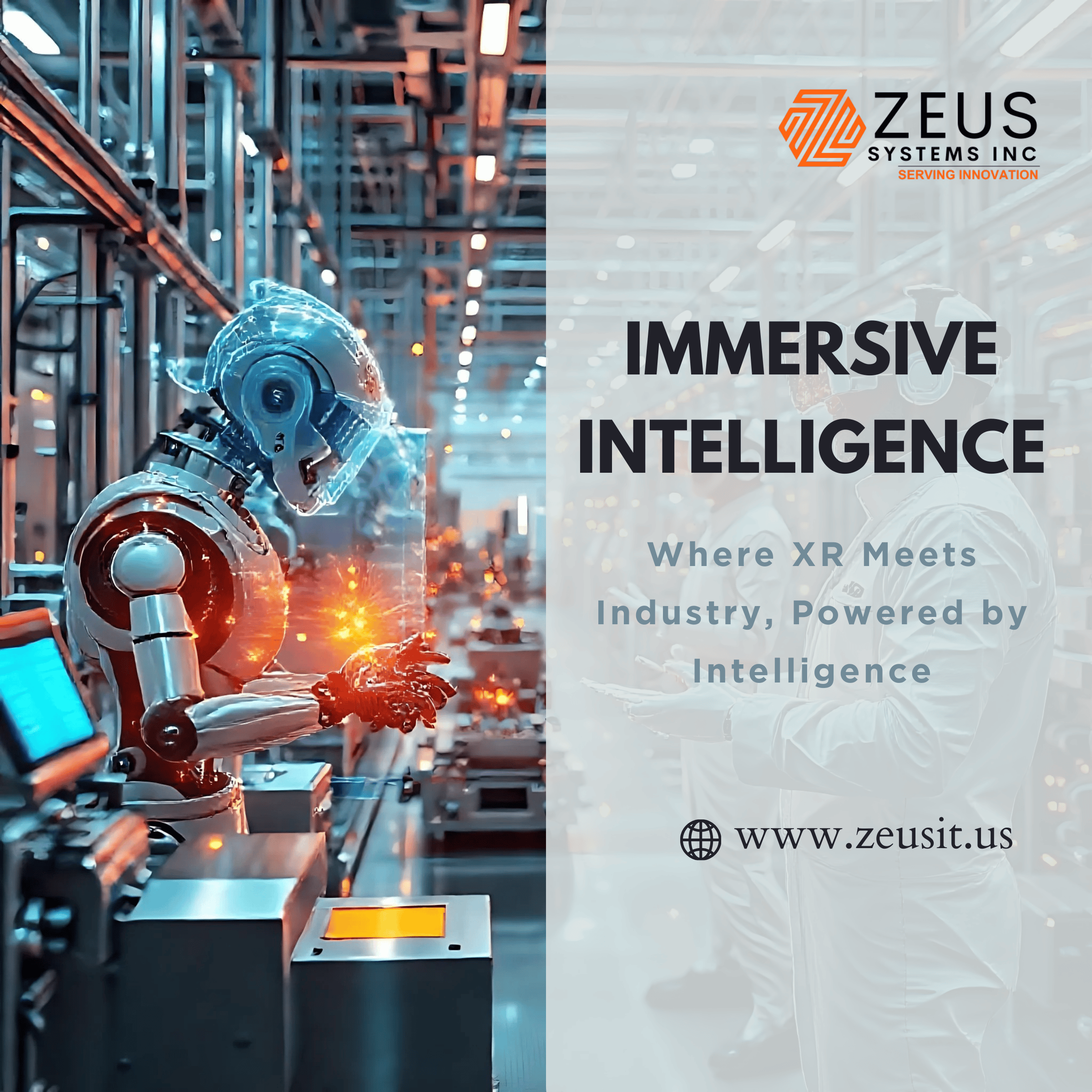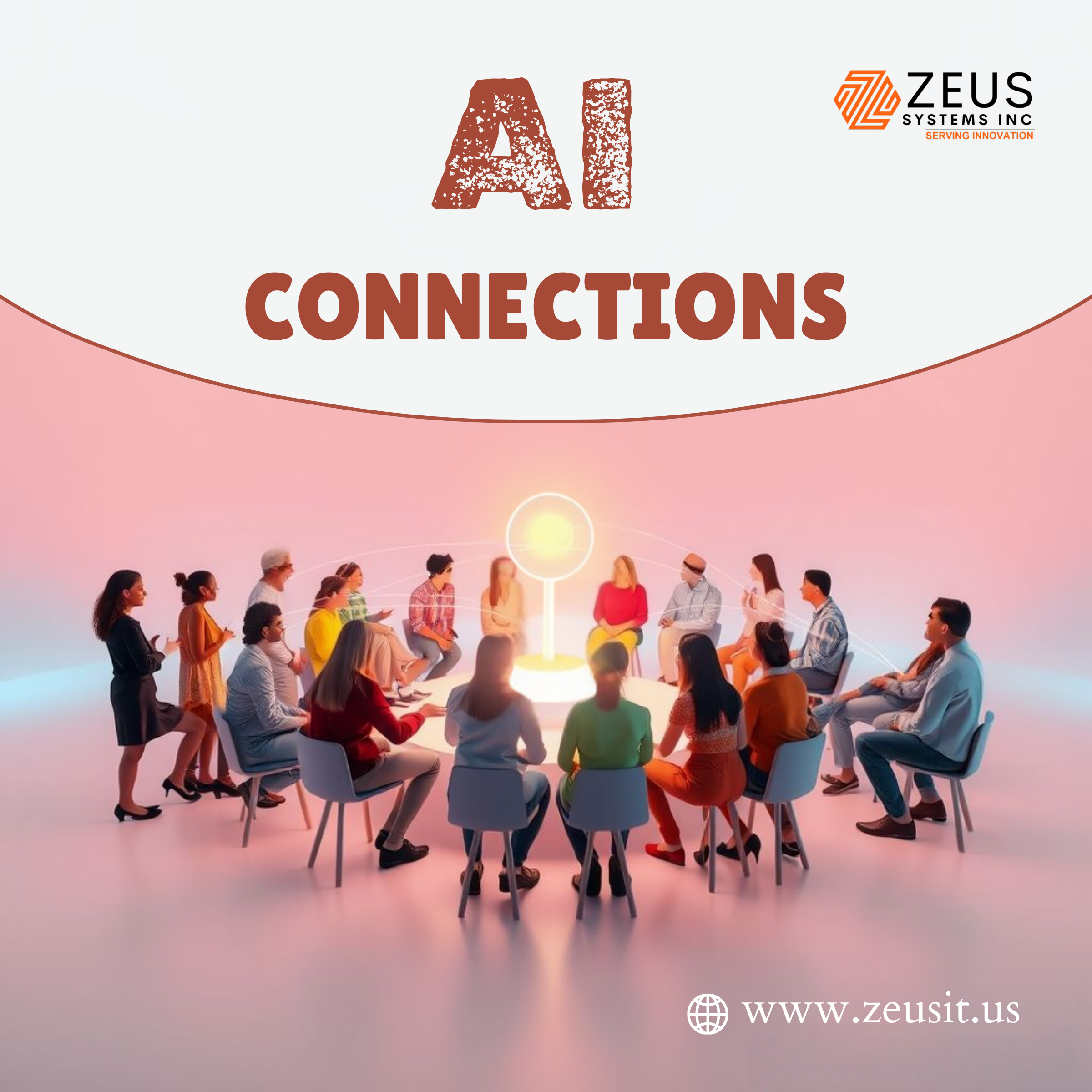AI infrastructure—especially training large models and serving inference at scale—demands massive, always‑on power. Traditional solar + PV + battery solutions face limitations: batteries degrade, PV output is intermittent, supply chains for rare materials are constrained, and land, cooling, and footprint constraints are severe. Solar‑thermal modular systems (e.g. Exowatt’s P3) that capture sunlight via concentrators, store heat, and dispatch power on demand offer a promising alternative or complement. But to meet AI’s scale, we need to push this concept further: more efficient concentrators, new storage media, modular hybridization (thermal + electrical), AI‑driven control, novel heat engines, and co‑optimization with cooling loads.
In this article, I explore cutting‑edge concepts (some speculative) that could define the next generation of solar‑thermal modular systems for AI data centers, along with technical, economic, and deployment challenges.
Background: What Exists—and What’s Missing
- Existing CSP (Concentrated Solar Power) systems (power towers, parabolic troughs, Fresnel reflectors) are large, centralized, expensive to build, and often require large land. They often use molten salt or phase‑change materials for thermal storage; turbines or steam Rankine cycles for power conversion.
- Modular systems, such as Exowatt’s P3, attempt to shrink the scale, use Fresnel lenses or other concentrators, use thermal storage and on‑demand dispatch (heat → engine → electricity), fitting into a shipping container footprint. These systems attempt to address intermittence and grid dependence. Wikipedia says Exowatt’s P3 “captures solar energy, stores it, and dispatches electricity on demand … using specialized lenses … and a thermal battery system … likely using solid materials rather than molten salt…” Wikipedia
- What is less explored (or still at early stages) includes: using non‑traditional storage media with ultra‑high temperature, hybrid thermal/electrical generation cycles inside small modular units, integrating thermal waste (such as data center cooling waste), intelligent networked control of many small units, and tailoring thermal generation not just for electricity but to feed cooling, preheating, hydrogen production, or adaptive loads.
Vision: Groundbreaking Concepts & Novel Perspectives
Here are several forward‑thinking ideas that could define next‑generation solar‑thermal modular energy systems for AI data centers. Some may be speculative; the goal is to outline what could be, not what already is.
1. Ultra‑High Temperature Solid‑State Thermal Storage (UHTSTS)
- Move beyond molten salts or phase change materials (PCMs) toward solid ceramics, advanced refractory metals or composites, or even ceramics with embedded thermal metamaterials. These could store heat at >1200 °C with minimized creep, long cycle life, and low degradation.
- Use nano‑coated or composite absorbers to reduce thermal radiation loss and improve insulation at extreme temperatures.
- Storage modules may be stackable, modular “thermal bricks” that can be swapped, akin to battery cells. The modularity reduces risk of failure of a single large storage tank.
- Possible use of ceramics doped with rare earth oxides for selective emissivity, or even photonic crystals to reduce radiative heat loss in specific bands.
- Integration with cooling loads: some of the stored heat at different temperature tiers (e.g. 400‑800 °C, 800‑1200 °C) could feed both power conversion and high temperature industrial uses (hydrogen production via thermochemical cycles, metal refining, etc.), increasing total system value.
2. Hybrid Power Conversion: Beyond Rankine/Reliant Turbines
- For small‑modular solar‑thermal units, traditional steam turbines become inefficient at low power or with frequent cycling. Alternatives include:
- Stirling engines tuned for high temperature difference and shorter duty cycles; possibly multiple small Stirling units per module to allow partial dispatch.
- Thermoelectric/thermophotovoltaic (TPV) conversion: converting thermal radiation into electricity directly via TPVs. These are currently low efficiency (~5‑20%), but with new materials (quantum wells, selective emitters) and high temperature sources they might approach useful levels.
- Brayton cycles with supercritical CO₂ (sCO₂): small footprint, good efficiency, fast ramping, lower working fluid volume. Could be integrated into modular systems.
- Hybrid cycles: combining sCO₂ bottoming with TPV or Stirling topping to maximize efficiency across temperature ranges.
3. Integrated Thermal Management with AI Workloads
- AI data centers generate vast amounts of waste heat. Instead of seeing this as a problem, we can co‑opt it:
- Use stored solar‑thermal heat to preheat fresh air or preheat cooling fluids, reducing external energy needed for cooling failures or cold starts.
- Thermal storage may act dually: storing solar heat during the day, but at night absorbing waste heat from the data center to maintain temperature equilibrium, supporting passive cooling or absorption chilling.
- Dynamic dispatch: the system can decide whether to use stored heat for electricity (when electricity demand or price is high) vs. for heating/cooling infrastructure of the data center itself (if that saves energy cost / cooling load).
- Using AI/ML to predict AI workload scheduling and correlate with energy demand to optimally schedule when to dispatch stored heat for electricity vs cooling or other uses.
4. Modular Hybrid Renewable Pairing
- Combine solar‑thermal modular units with localized PV or wind or even small modular nuclear or geothermal to smooth intermittency and diversify risk.
- Use thermal storage as a buffer for other renewables: e.g., excess PV generation stored as heat rather than as battery electricity, or converting PV surplus to heat (via resistive or heat exchanger circuits) stored in the thermal medium, later used via heat engines when PV is low.
- Also pairing with fuel ‑less or minimal fuel backup: e.g. thermochemical energy storage, hydrogen stored, and utilized when both solar and other renewables are insufficient.
5. Networked, Scalable Modular Units with Intelligent Control
- Envision a grid of many solar‑thermal modules (container‑scale or smaller) distributed around a data center campus or even at edge locations.
- Units share information: weather forecasts, irradiance, thermal state, cooling/cold load of data centers, electricity seasonal demand, electricity price signals.
- AI algorithms optimize dispatch among modules: which ones should absorb solar now, which ones release, which ones idle, which ones maybe use for cooling or other thermal utilization.
- Predictive maintenance: using sensors (mirror/reflector alignment, lens performance, dust accumulation, thermal signatures) to detect performance degradation early; automated cleaning or self‑cleaning lens/reflector surfaces.
6. Land & Footprint Efficiency, Multi‑Use Infrastructure
- Use vertical Fresnel lens arrays or concentrators on building façades; integrate solar‑thermal collector surfaces onto rooftops, parking canopies, and other infrastructure.
- Floating solar‑thermal modules on reservoir surfaces (with floating concentrators) reduce land usage, cooling advantage (water bodies act as heat sinks).
- In hot climates, deploying solar‑thermal modules also supply heat for district heating or industrial processes, maximizing utilization.
7. Economic & Environmental Innovations
- Use inexpensive, abundant materials for reflectors, lenses, storage media: e.g., ceramics, glass composites, non‑rare earth selective coatings, recycled metals.
- Designing for circularity: modules whose components are recyclable or replaceable; thermal storage bricks that can be repurposed or recycled without melting or rare material separation.
- Life‑cycle cost models that account not just Levelized Cost of Energy (LCOE) but Levelized Cost of Delivered AI‑Compute or throughput (since energy cost is a major input for large model training/inference).
- Carbon accounting including avoided cooling emissions, avoided grid strain, etc.
Challenges & Unresolved Research Directions
While the above ideas are promising, there are key challenges and areas where research is needed. Some of these are known; some less so.
- Material Limits, Thermal Losses & Insulation at High Temperatures
Operating storage media at ultra‑high temperatures increases losses via radiation, conduction, convection. Finding materials and insulation that minimize loss, avoid creep or damage, and withstand thousands of cycles is a major materials science challenge. - Dynamic Control and Fast Dispatch
Many solar‑thermal conversion cycles (e.g. turbines) have slow ramp up/down times. For AI data centers, fluctuations in load are frequent (especially with bursty inference workloads). Ensuring dispatchable power (fast response) is tricky. Hybrid cycles or fast engines (Stirling, sCO₂) may help but need development. - Scaling Modular Thermal Engines
Efficiency in small units often drops; economies of scale help traditional CSP, but modular units may suffer lower efficiency per module. Research needed in how to maintain high thermal‑to‑electric conversion efficiency at modest scale. - Energy & Cost Density
How much energy (kWh) stored per unit cost, per unit volume, per unit mass? Competing with lithium battery storage is hard for electricity dispatch. Thermal storage has advantages, but the round‑trip efficiency, storage duration, and conversion losses need improvement. - Integration with Existing Data Center Infrastructure
Requires redesign of cooling systems, co‑locating solar‑thermal collectors, providing sufficient space for thermal modules, integrating control systems, adapting to local climate. Data centers near urban areas may not have open land for large solar concentrators. - Weather Variability & Geographic Constraints
High DNI (Direct Normal Irradiance) required for concentrated solar; many locations for data centers may not have ideal solar quality. Clouds, dust, pollution block or scatter sunlight—affecting concentrators more than diffuse PV. - Safety, Reliability, Maintenance
Mirrors, lenses degrade; alignment and reflectivity issues; thermal cycling causes material stress. Also risk of thermal runaways, leaks in heat transfer fluids, safety of high temperature systems.
Novel Research Proposals
Here are proposals for experiments and research that are, as far as I know, not widely explored in published literature, which could help close the gaps:
- Prototype of a Multi‑Cycle Hybrid Conversion Module
Build a small prototype (~100‑500 kW) that integrates:- Concentrator (Fresnel or lens array) to achieve >800‑1000 °C
- UHT solid thermal storage medium
- Dual conversion: a small sCO₂ Brayton engine + TPV layers + Stirling engine as supplement
- Interfaces to data center cooling load (i.e. part of stored heat is diverted to cooling)
Measure round trip efficiency, ramp time, reliability over >1000 cycles, response to load changes.
- Machine‑Learning‑Driven Dispatch Scheduling
Use AI/ML to forecast both solar input, cloud cover, data center workload, and cooling demands; then schedule when to store heat vs produce electricity vs feed cooling. Incorporate market signals (electricity price, demand). Compare performance vs simple heuristics (e.g. always store, always dispatch) in simulation and small‐scale real‑world test beds. - Thermal Material Innovation Tests
Research new composites for thermal storage media (e.g. silicon carbide, doped ceramics, refractory oxides) with high emissivity selectivity, low thermal expansion, durability. Also research coatings for mirrors/lenses that resist dust, abrasion, deposition, and maintain optical quality. - Modular Cluster Deployment Case Studies
Deploy multiple P3‑like modules around a data center campus or network edge, test clustering, sharing, redundancy. Evaluate over seasons. Measure how much land usage, cost, maintenance, and reliability compare to centralized CSP + large battery setups. - Co‑generation of Hydrogen / Industrial Heat
Explore using stored solar thermal heat to run thermochemical cycles (e.g., sulfur‑iodine, metal oxide loop) during low electricity demand or peak heat storage, generating hydrogen or other chemicals as a form of energy/value storage. This adds flexibility and helps revenue model. - Lifecycle & Circularity Studies
Study full supply chain, environmental impact, end‑of‑life, recyclability, material scarcity of all components (mirrors/lenses, thermal media, heat engines) to ensure that scaling these systems is sustainable.
Hypothetical System Architecture: A “P3+” Design
Drawing on above, here’s a speculative advanced modular solar‑thermal system (“P3+”) that pushes the envelope:
| Component | Specification / Innovation |
| Concentrator Array | Hybrid Fresnel + lens + micro‐mirror facets mounted on adjustable frames; mirrors/lenses with self‑cleaning coatings; automated alignment via drone or robotic calibration. |
| Thermal Storage Medium | Solid composite “thermal bricks” of doped ceramic / refractory oxide, designed to store heat up to ~1100‑1300 °C; layered insulation with vacuum or aerogel; modular swapping. |
| Power Conversion Engine | Primary: sCO₂ Brayton turbine (scaled for container modular size); Secondary: TPV emitter panels embedded in hot side; tertiary: Stirling engines for fast load adjustments. |
| Dual Use of Heat | – High temp for electricity generation – Mid temp (300‑600 °C) for data center cooling / absorption chillers / preheating air/fluid – Low temp waste heat recovery. |
| Control & AI Layer | Predictive models of solar irradiance (including cloud cover, dust), forecast AI/data workloads, cooling demand; decide dispatch strategy (electricity vs cooling vs industrial heat); also real‑time sensor monitoring for faults, alignment, thermal leakage. |
| Modularity & Scale | Standard container modules (~40 ft or smaller) that can be tiled; networked such that module redundancy and load balancing possible; modules can be located at multiple sites to reduce risk (weather, local constraints). |
| Materials & Sustainability | Use abundant, low‑cost reflectors/optics; avoid rare earths; design for reparability; plan for recycling thermal bricks, mirrors; maximize embodied carbon reduction in manufacturing. |
Implications for Data Centers
- Operational cost savings: Lower electricity cost, reduced dependence on grid, potentially lower cooling costs if heat used for cooling or preheating.
- Carbon footprint & ESG benefits: Providing true 24‑hour renewable power helps reduce scope 2 emissions, improves corporate sustainability credentials.
- Resilience & reliability: In regions with frequent grid outages or high electricity price volatility, such systems give data centers greater autonomy.
- Scalability: Modular systems that can be ramped up as AI workloads grow; paired with intelligent control, data centers can shape energy consumption to supply.
- Geographic opportunity: Data centers in high‑DNI, sunny regions (deserts, arid zones, highlands) will benefit most; however, if optical systems improved or diffuse light capture improved, even moderate sun regions can participate.
Possible Future Research & Unexplored Topics
- Spectral solar concentrators: Concentrate specific wavelengths that are most effective for the storage medium / conversion engine; waste heat or non‑useful wavelengths diverted to other thermal loads.
- Adaptive optics in solar concentrators: Using advanced optics to adjust the focus dynamically to match incident angle, atmospheric conditions, dust etc., to maintain high concentration ratio.
- Integration with AI model scheduling: AI training jobs might be scheduled to run more when cleaner or cheaper energy is available; energy aware AI training (shifting where and when training occurs based on renewable availability). This co‑optimization (between computation load and energy supply) is under‑explored.
- Using phase change + solid storage hybrids: Combine latent heat storage with sensible heat storage to get better energy density and temperature plateau control.
- Thermal / chemical looping for energy storage: Using thermochemical reactions (e.g. metal oxide redox cycles) to store heat and release on demand, with long durations and potentially higher energy densities.
- Regulatory and economic models: How to incentivize solar‑thermal modular dispatch vs batteries; how pricing/tariffs should adapt; what financing models (as infrastructure, etc.) make them viable at scale.
Conclusion
The push for always‑on renewable energy for AI data centers demands innovation beyond the current solar + battery + grid mix. Modular solar‑thermal systems like Exowatt’s P3 are exciting early steps, but to truly meet AI’s scale sustainably, we need to explore:
- Ultra‑high temperature, efficient storage media
- Hybrid power conversion cycles
- Intelligent control and integration with workload and cooling demands
- Sustainable materials and modular, resilient deployment models
If these areas are advanced, we may see AI data centers powered almost entirely by renewable heat‑based dispatchable energy, reducing dependence on batteries and fossil backups, lowering costs, as well as environmental impact.










